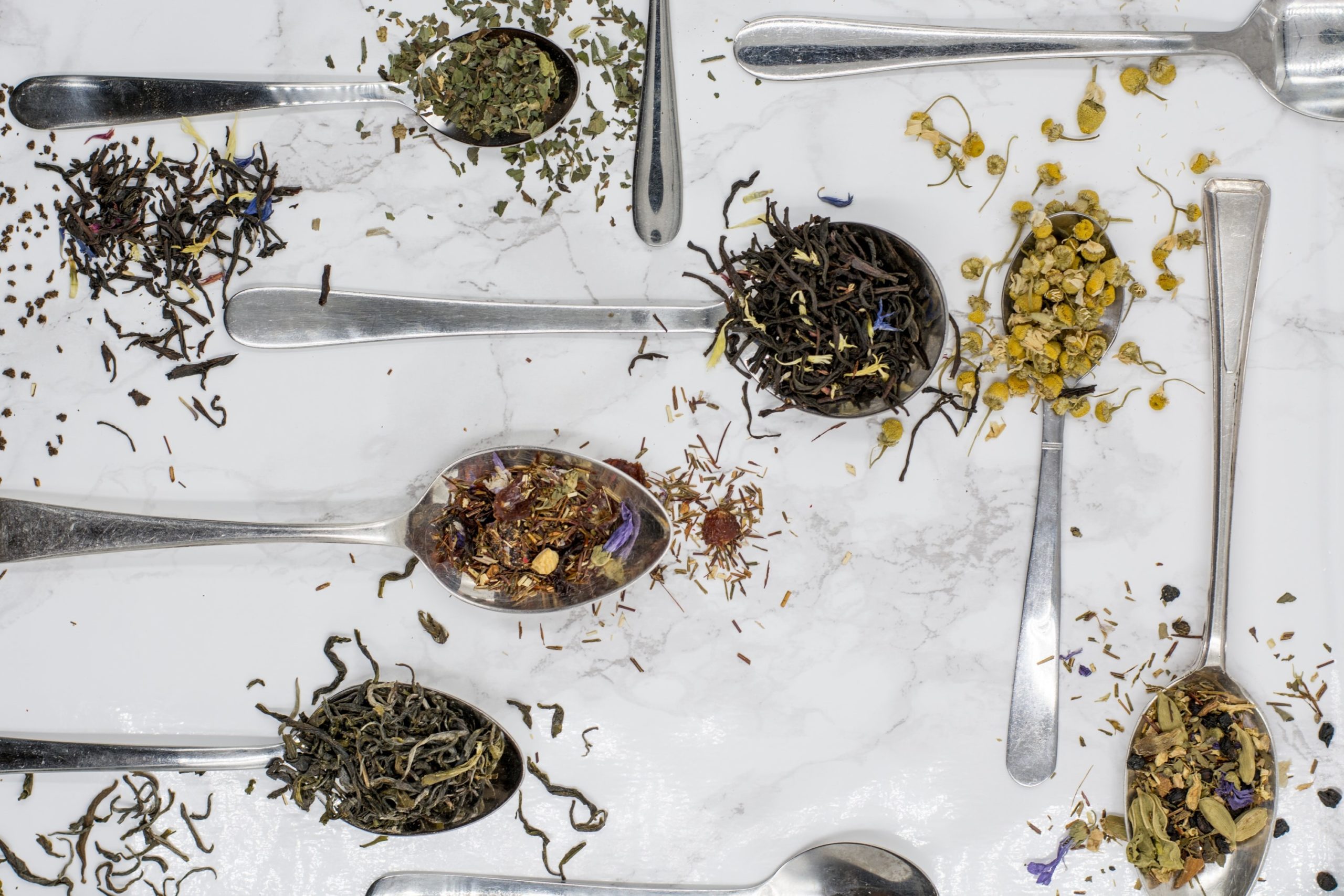America is starting to turn over a new leaf, as more people prefer to drink tea rather than coffee. Data from the U.S. Tea Association states that 80% of U.S. households have tea in their kitchens, and more than half of the American population drink tea on a daily basis. Studies have shown that drinking tea is very beneficial to both our body and mind, possibly preventing Type 2 diabetes, heart disease and even lowering cholesterol.
Tea is derived from the leaves and buds of the Camellia Sinensis plant, which depending on how the tea leaves are processed, can produce black tea, oolong tea, white tea or green tea. The length
at which the tea leaves are exposed to oxygen impacts what type of tea will be created as well as the nutrients the tea provides. Whether you choose to drink loose leaf or enjoy the convenient process of a tea bag, the health benefits of drinking tea is enough for anyone to start brewing.
Green Tea
Green Tea has been used for centuries as herbal medicine; it was the main ingredient used in Chinese and Indian medicine to control bleeding, aid digestion, improve heart and mental health. Have a lot of work that you need to get done? Green tea may be your solution. While green tea does contain caffeine, it also has the amino acid L-theanine, which when combining, the two can improve brain function, causing you to be alert and more productive but without the jitters you may get from coffee.
Black Tea
According to the U.S. Tea Association, out of the 84 billion servings of tea consumed by Americans in 2018, about 84% was black tea. Black Tea is often used as a base to create other well-known teas, such as Earl Grey, English breakfast and Chai. Sweet tea and iced tea are even contrived from black tea leaves. Black tea contains flavonoids, which are a heart-healthy group of antioxidants. According to a 2007 study published in the European Journal of Clinical Nutrition, researchers found that those who drank three cups of black tea per day had an 11% reduced risk of developing heart disease.
Oolong Tea
While oolong tea isn’t as well-known as black and green tea, it still ranks high in healthy vitamins and antioxidants. The polyphenols contained in black, green and oolong teas may help decrease cell mutations which can lead to cancer. According to a 2014 study done at Linyi People’s Hospital in Shandong, China, the antioxidants found in oolong tea could help increase bone strength. The study found that out of 680 postmenopausal Chinese women, those who drank oolong tea on a regular basis had 4.5-4.9% higher bone densities than non-tea- drinkers. The taste of oolong tea depends on the level it was oxidized so, it’s important to question the oxidation level when purchasing your tea. A less oxidized tea means a more green tea flavor, while a more oxidized tea will resemble black tea.
White Tea
White tea is created by taking the delicate tea leaves and unopened buds from a young Camellia Sinensis plant. Due to the fact that it’s the least processed of any of the teas contrived from the Camellia Sinensis plant, white tea has been known to be incredibly healthy. Numerous studies have shown that drinking white tea may help reduce skin aging, lower the risk of insulin resistance and protect against osteoporosis.
Many skin care products contain white tea extract, due to the fact that the high levels of antioxidants found in white tea have been found to reduce oxidative stress to the skin, which over time decreases wrinkles and sun damage (but still shouldn’t be used to replace sunscreen!)
BY TAYLOR MCLAMB

